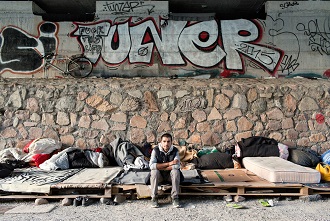
Bolzano
An increasing number of migrants, trying to cross the border of Brennero, is forced to live under bridges or in informal facilities in open air.
A virtual project about informal settlements of migrants across Italy

An increasing number of migrants, trying to cross the border of Brennero, is forced to live under bridges or in informal facilities in open air.
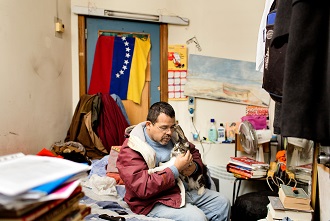
Municipality wants to clear up this building while also families live in there. R. is an asylum seeker and an anthropology professor.

Migrants sleeping by the shore, trying to escape from Italy to France in illegal ways, due to Dublin Regulation (EU Regulation No. 604/2013).
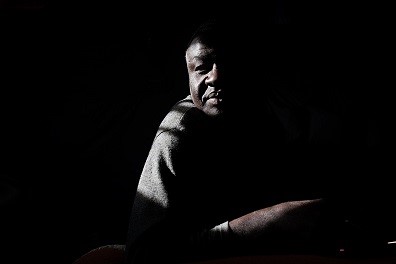
Abdo, 53 from Senegal, portrayed in the tent city set up by the Civil Protection. In his tent there is no electricity and sanitary conditions are poor.
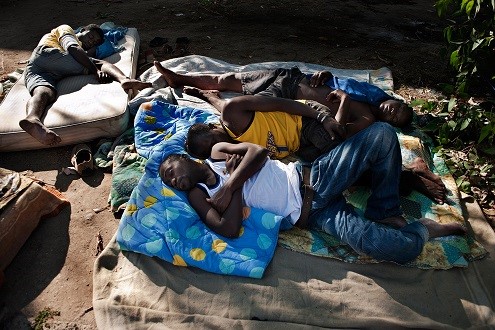
African immigrant workers rest in the porch of the CARITAS center. The Caritas center is one of the few shelters for migrants active in the area.

African immigrants in the former factory Rognetta, accommodation for over 800 African immigrants employed as labor in harvesting oranges.

Gamdji Abdoul Nasser, 39 from Ghana, arrived at the hotel Stefano in April 15 after a stay of one week in the CIE of Manduria and Lampedusa.

Muslim immigrant prays in a corridor of the CIE of Bari Palese. The CIE are places of administrative detention for people who lack of a residence permit.

An increasing number of migrants, trying to cross the border of Brennero, is forced to live under bridges or in informal facilities in open air.

Municipality wants to clear up this building while also families live in there. R. is an asylum seeker and an anthropology professor.

Migrants sleeping by the shore, trying to escape from Italy to France in illegal ways, due to Dublin Regulation (EU Regulation No. 604/2013).

Abdo, 53 from Senegal, portrayed in the tent city set up by the Civil Protection. In his tent there is no electricity and sanitary conditions are poor.

African immigrant workers rest in the porch of the CARITAS center. The Caritas center is one of the few shelters for migrants active in the area.

African immigrants in the former factory Rognetta, accommodation for over 800 African immigrants employed as labor in harvesting oranges.

Gamdji Abdoul Nasser, 39 from Ghana, arrived at the hotel Stefano in April 15 after a stay of one week in the CIE of Manduria and Lampedusa.

Muslim immigrant prays in a corridor of the CIE of Bari Palese. The CIE are places of administrative detention for people who lack of a residence permit.
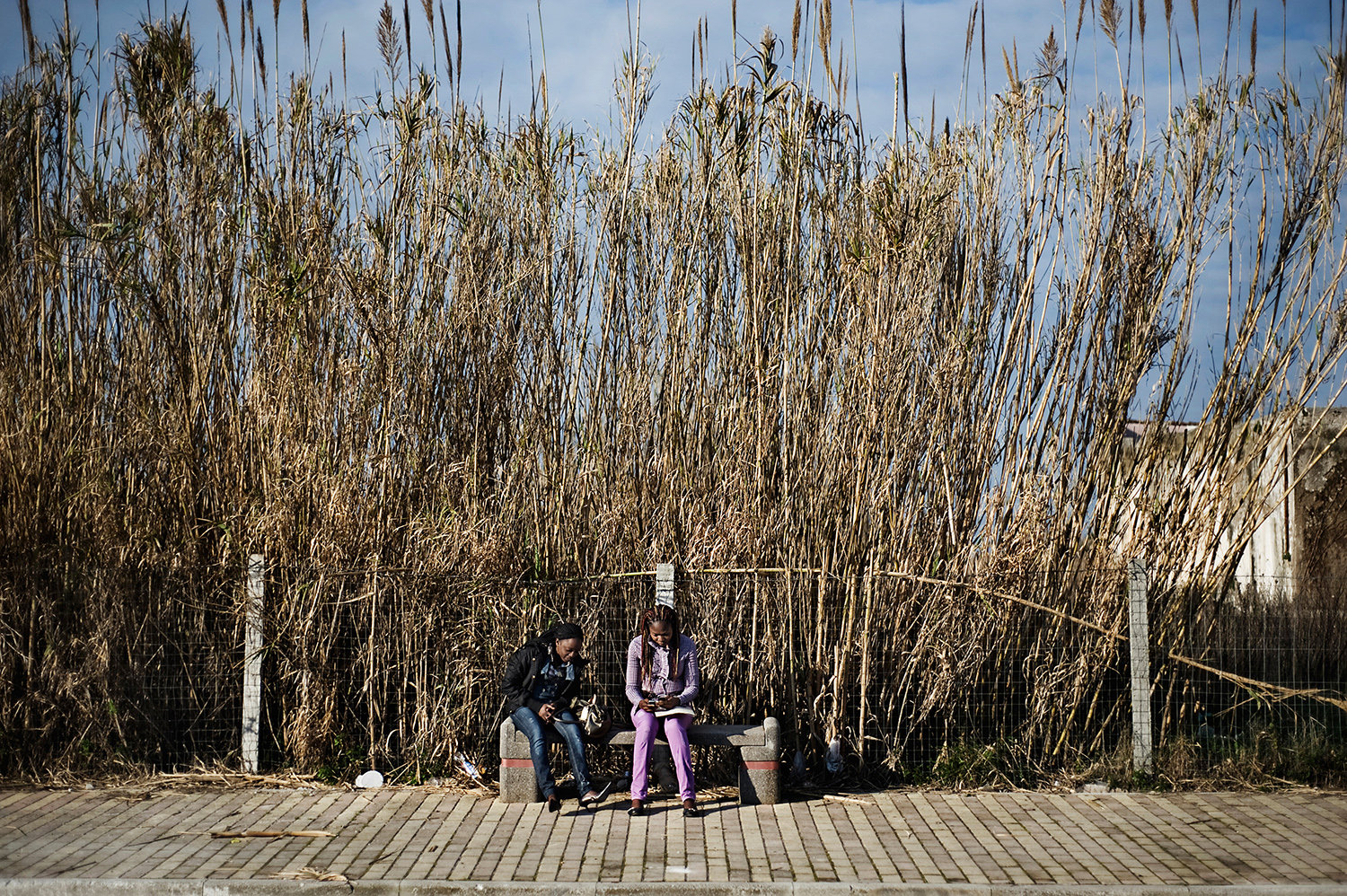
As stated by Medici Senza Frontiere, due to current integration policies there are more then 10.000 people between refugees and asylum seekers in Italy who remain left out from the reception system, without a formal settlement, healthcare or social assistence.
From north to south Italy immigrant occupy abandoned places, can they be buildings, farmhouses, shacks or open air places. Most of the time they are without electricity or water, under bad health conditions. For informal settlement we mean, according to Medici senza frontiere, a population composed of refugees excluded from governative welcoming systems, that has to be of non-seasonal type and self- organized. Everybody knows the refugee camp, where they are placed. They have a precise location, they are from a legislative point of view “places”. An informal settlement is a non-place because it legally doesn’t exist and the people that live there are “invisible”. Of course they occupy a geographical place, and also most of them work, but they still remain invisible because they juridically are not present. One of the purposes of this project is to try to give them a geographical existence, maps playing an important role in our virtual exhibition. Hidden Italy is an existing country composed by people that live and work, maybe also in our same city.
We offer some interactive application to enhance the public awareness of the phenomenon

Explore the data provided by the NGO Medici Senza Frontiere in a 4 year period.
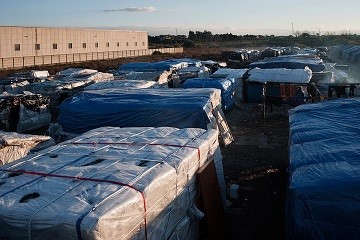
Ritrace the Journey of immigrants through the intense and emotional photographs of Giulio Piscitelli.
.png)
See how Italian newspapers report the lives of refugees and asylum seekers with our exploratory data analysis.